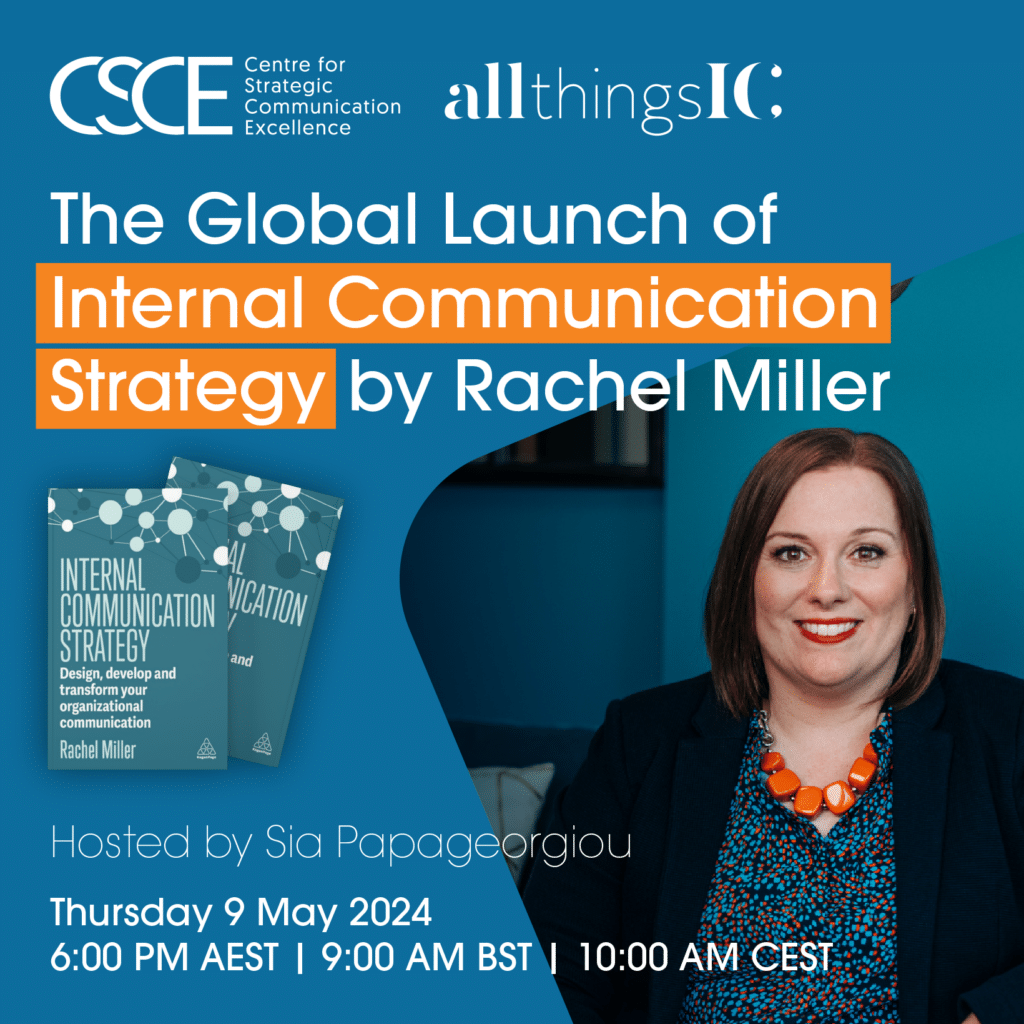In our industry, there’s a huge amount of pressure to be on top of or even ahead of the latest trend. We all feel that weight of expectation that we must be experts in all things digital including all things social, all things mobile and all things video. A wise former colleague once told me: “anyone who tells you they’re an expert in digital is full of sh*t” and I tend to agree. The rationale being that no one can genuinely be an expert because everything digital is changing too fast for anyone to know it all. So, first tip – dispense with the pressure.
Building video into your comms strategy can seem daunting and even more so if you’re not supported with the appropriate budget or rationale. All too often video content is created to meet an urgent and reactive need which focuses the goal on that specific need rather than how the content can drive the most impact and value.
This scenario tends to take place when there’s no agreed video strategy in place. A strategy will not only help you get better value out of your budget, but also serve as a kind of north star that you can bring your colleagues, collaborators and internal or external clients back to as a way to ensure your content is created from a place of purpose, not panic.
Step 1: Start with your organisational goals
Use these goals as a base to draft a video strategy statement. I like the simplicity of Jennifer Pepper’s approach, via Vidyard’s blog
Jennifer recommends something like: “We make (adjective) video content for (specify target audience), so that they (exactly what you want them to do).” Using your organisational goals as the foundation for your strategy means:
- From the get-go you’re committing to creating video content that will deliver genuine impact.
- You’re speaking the language of your senior stakeholders, so buy-in and budget should be smooth sailing.
Step 2: Define your audience and then your tone
Capturing all you know about your target audience including any key segments or personas will inform the style, tone and content of your videos. If you have the time and resources available, consider building out a map of how your audience might interact with you and your content. If that’s too involved, try noting down any insights you have access to around your audience’s mindset at different stages of interaction, topics of interest to them, problems you could solve for them or questions you could answer. Some high level ‘listening’ across social media can deliver some gems on this front. While you’re at it, take the time to take down a clear statement of a tone of voice and style for your video content that will connect with audience and feel authentic for your brand.
Step 3: Conduct an audit
What video content already exists in your organisation? Who will be your main sources and generators? What content might be repurposed from previous years? Are your employees or audiences producing content you could leverage? Answering these questions will give you a strong sense of who you need to engage with your video strategy and what additional resources you might need. These resources might include leveraging an internal video production resource or allocating budget to an external agency.
Step 4: Build your content calendar
By now you know what your content needs to do and who you need to reach, the next step is defining what content is going to be most effective for those goals and those audiences. A helpful model that will meet demands for an ‘always on’ strategy and also ensure you have content that will support a range of channels, is Google’s ‘hero, hub, hygiene’ framework. While originally designed for brands using YouTube, it’s useful model for any content marketing.
Hero – these are your ‘go big’ moments designed to raise broad awareness. This content is all about ‘pull’ and designed to prompt audiences into interacting further with your brand. Examples might include:
Brand anthems
Seasonal campaigns
Product/brand launches
Hub – this content should reinforce your brand messaging for community building & deeper conversations. This should be regularly programmed content that your audience can come to expect from you. Examples might include:
Regular vlogs
Expert or executive interviews or spotlights
Branded storytelling
Documentary style case studies
Hygiene/Helper – the key role of this content is to be present when your audience has a question that is relevant to your product or brand. It’s key to your SEO and is the engine of your ‘always on’ strategy. It might be inexpensive to produce, leveraging user generated, employee generated or repurposed content from your hub or hero suite. Examples might include:
– How-to videos
– Demos
– FAQs
– Light hearted tips and tricks
Map out the content you plan to produce for the year using this framework, constantly revisiting your strategy statement and audience insights to sense check your decision making. This calendar should also be plotted based on a realistic view of the resources available to you. If resources are tight, be creative – re-cut, re-purpose and leverage what’s already out in the ecosystem.
Step 5: Publish and amplify
Putting your hard-won video content on YouTube or even simply on your website is doing yourself a disservice. The risk of your audience being distracted by a cat video is real (incidentally, here’s my pick). Think about the right places to reach your audience with each piece of content and always seek to drive them back to your own brand hub. And most importantly, amplify, amplify, amplify.
Step 6: Measure your success
Finally and yet most importantly, you need to have a clear plan in place for how you are going to measure success. Industry standard metrics include views, play rate (whether a video was viewed after it loaded), engagement, social sharing, click-through-rate and conversion rate. The comments fields might be the ideal way to measure the success of your content too. Depending on the data you have access to (and your specific goals) you might even be able to measure your impact on NPS or sales.
All of the above might sound like a lot of work but trust me, even thinking about it and putting some basic dot points down will put you ahead of the game. It never ceases to amaze us how many of our clients don’t have a video strategy or even a content calendar in place. A video strategy is a tool that will maximise the return on investment of your video content. It will ensure you know your audience, your goals, how you will distribute and amplify your content and how you will measure success. With the right level of internal engagement, your strategy and content calendar will have an added benefit of breaking down the silos in your organisation too as you’ll have a single game plan you can all buy into.





